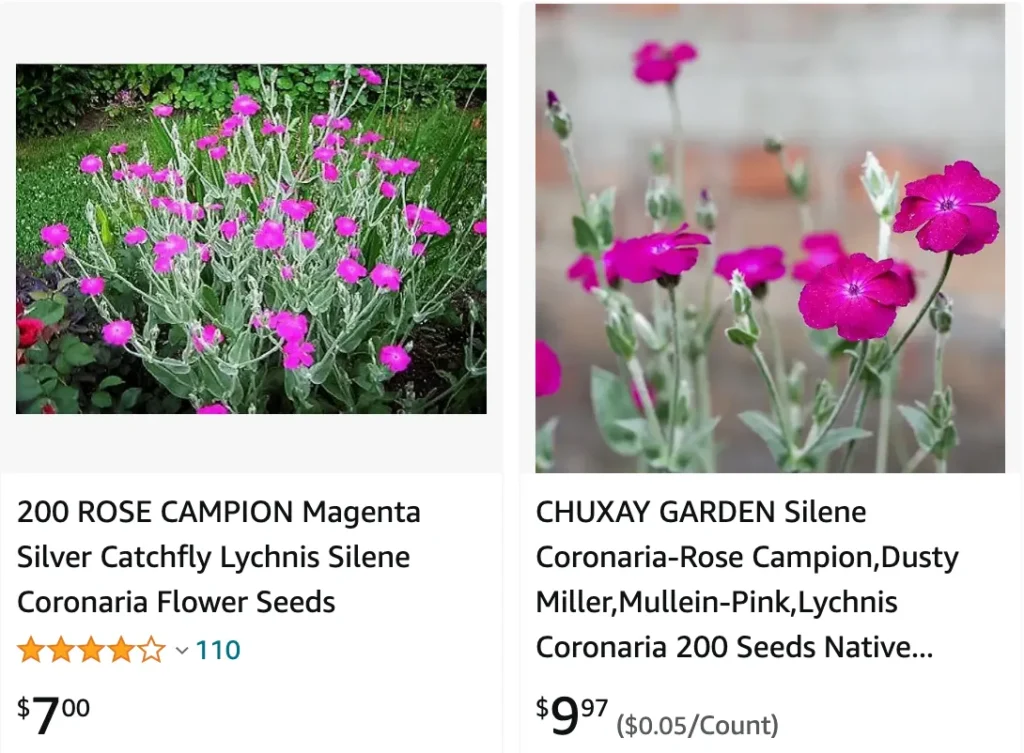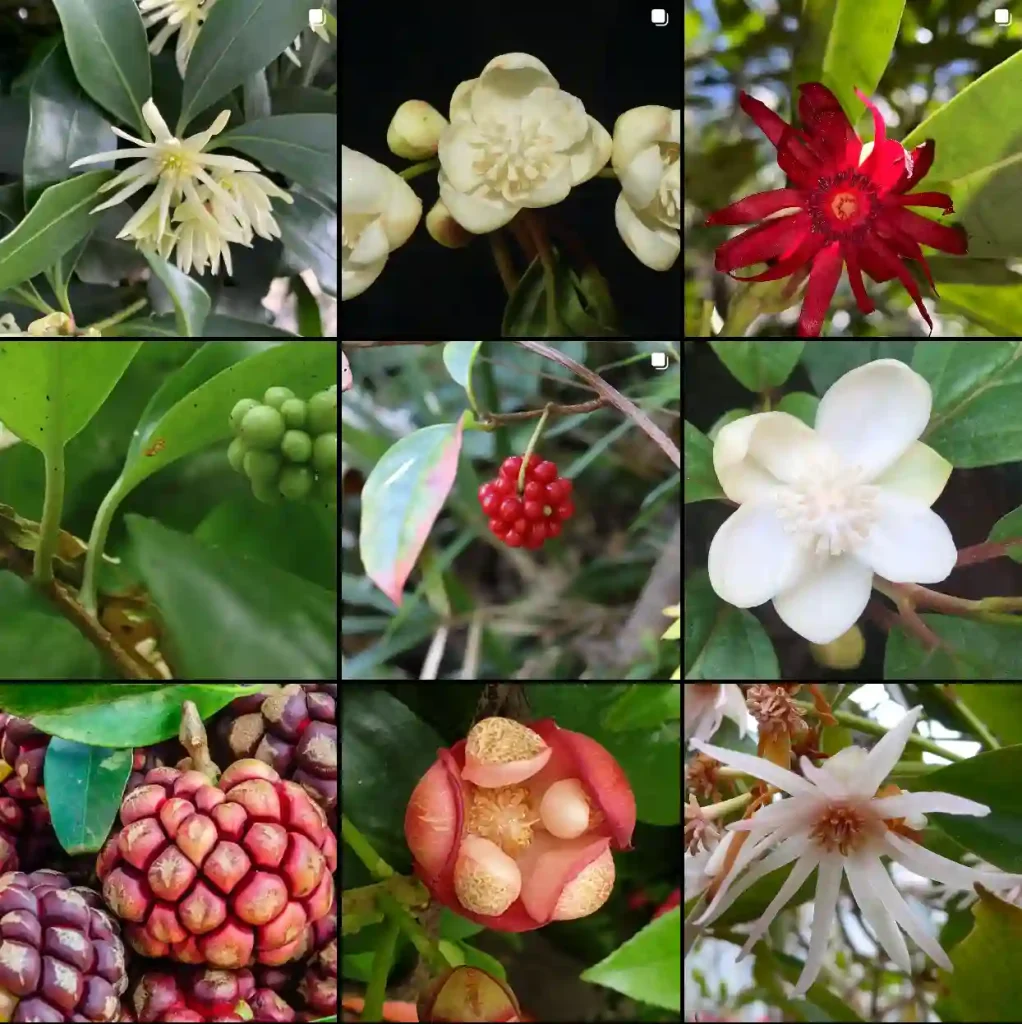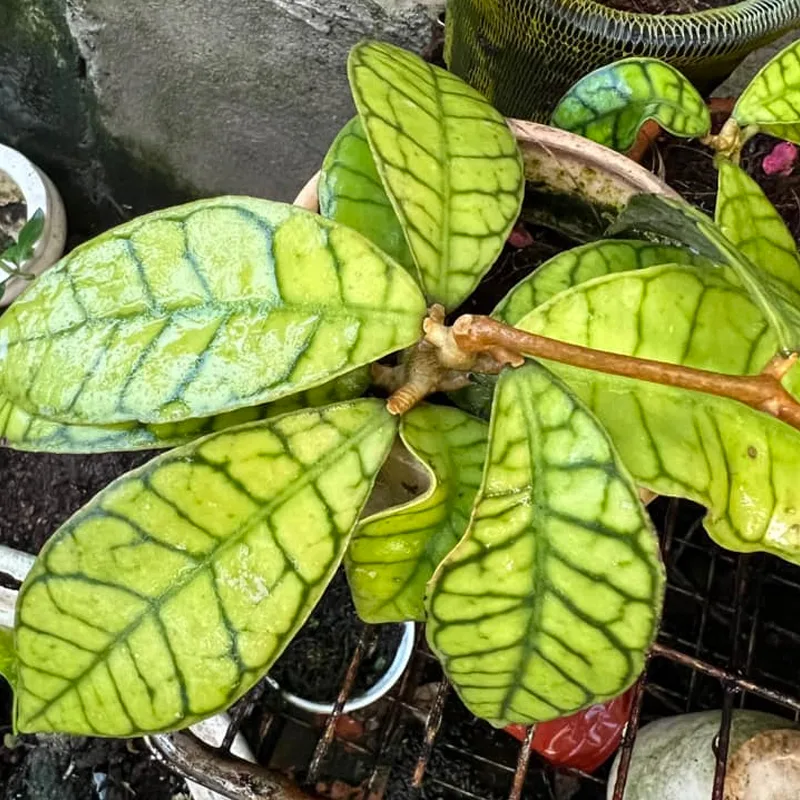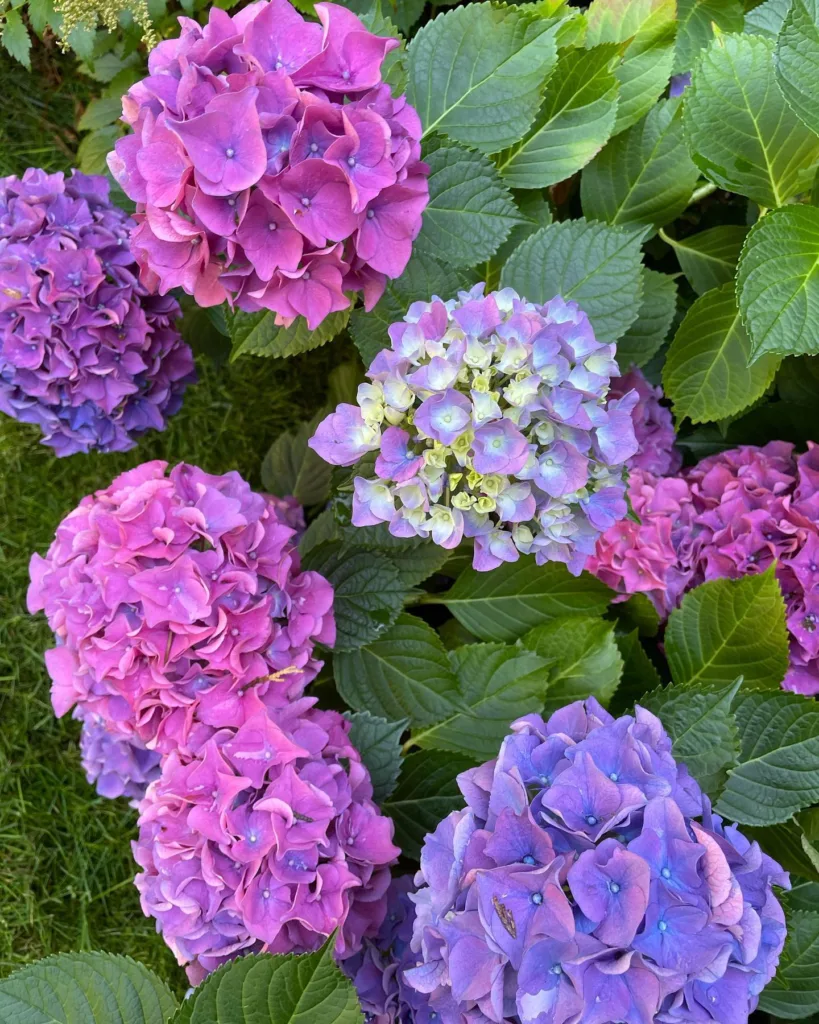
The Charm of Lychnis Coronaria: A Gardener’s Delight
I’m Ferb Vu, and today I’m excited to share with you my experiences and insights on one of my favorite garden plants, Lychnis Coronaria. This striking perennial, also known as Rose Campion, is a standout in any garden with its vibrant magenta blooms and silvery-green foliage. Let’s dive into everything you need to know about this beautiful plant.
How to Grow Lychnis Coronaria?
Growing Lychnis Coronaria is a joy for both novice and experienced gardeners. This plant thrives in well-drained soil and can handle a range of soil types, from sandy to loamy. It prefers full sun but can tolerate partial shade. When planting, space the seeds or young plants about 12 to 18 inches apart to give them room to grow.
Water the plants regularly, especially during dry spells, but be careful not to overwater, as Lychnis Coronaria does not like soggy soil. Fertilizing isn’t necessary, but a light application of a balanced fertilizer in the spring can encourage more vigorous growth and blooming.
When to Plant Lychnis Coronaria Seeds?
The best time to plant Lychnis Coronaria seeds is in the spring after the last frost, or in late summer to early fall. If starting indoors, sow the seeds about 6 to 8 weeks before the last expected frost date. Transplant the seedlings outdoors once the danger of frost has passed and they have developed a few true leaves.
How to Deadhead Lychnis Coronaria?
Deadheading Lychnis Coronaria is a simple yet crucial task to keep the plant looking its best and to encourage continuous blooming. Once the flowers begin to fade, use a pair of sharp scissors or pruning shears to snip off the spent blooms. This will prevent the plant from putting energy into seed production and instead focus on producing more flowers.
How to Propagate Lychnis Coronaria?
Propagating Lychnis Coronaria can be done through seeds or division. To propagate by seed, collect the seeds from mature plants in late summer. Store them in a cool, dry place until you’re ready to plant them in the spring. For division, dig up the plant in early spring or fall and gently separate the clumps, ensuring each division has roots attached. Replant the divisions in prepared soil and water well.
Is Lychnis Coronaria Deer Resistant?
One of the many perks of Lychnis Coronaria is its resistance to deer. Deer tend to avoid this plant, likely due to its slightly fuzzy leaves and stems, which are not particularly palatable to them. This makes Lychnis Coronaria an excellent choice for gardens in areas where deer are a common problem.
Where to Buy Lychnis Coronaria?
Lychnis Coronaria can be found at many local garden centers and nurseries. You can also purchase seeds or young plants from online retailers. Some reputable sources include major gardening websites and specialty plant shops. When buying online, ensure you’re purchasing from a trusted seller to get healthy, viable plants or seeds.
Can I Plant Lychnis Coronaria in a Wheelbarrow?
Absolutely, you can plant Lychnis Coronaria in a wheelbarrow! This plant does well in containers as long as they have good drainage. A wheelbarrow provides ample space and can make a charming, mobile planter. Fill the wheelbarrow with a mix of potting soil and compost, plant your Lychnis Coronaria, and place it in a sunny spot. Water regularly but ensure the soil doesn’t stay too wet.
How to Care for Lychnis Coronaria?
Caring for Lychnis Coronaria is straightforward. Regular watering, especially during dry spells, and occasional deadheading will keep the plant thriving. In colder regions, mulch around the base of the plant in late fall to protect it from harsh winter temperatures. In the spring, cut back the old stems to encourage new growth.
What to Plant with Lychnis Coronaria?
Lychnis Coronaria pairs beautifully with a variety of plants. Consider planting it alongside other drought-tolerant perennials like lavender, salvia, or yarrow. Its vibrant flowers also contrast nicely with the silver foliage of plants like Artemisia or Lamb’s Ear. Mixing in some ornamental grasses can add texture and movement to your garden.
Embrace the beauty and ease of growing Lychnis Coronaria in your garden. Whether you’re looking to fill a sunny border or create a stunning container display, this plant will reward you with its vibrant color and resilience. Happy gardening!
If i die, water my plants!



